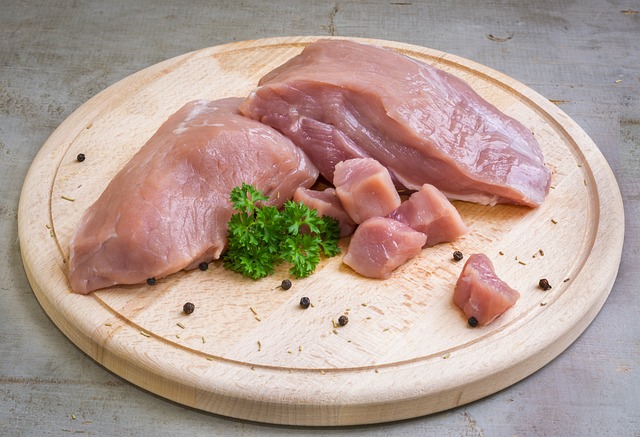W6 Pork Update: China's Pork Imports Decline while Brazilian Pork Exports Surge

China's Pork Imports Decline in 2023, EU Loses Share to North America
China's pork imports continued to decline in 2023, marking a step away from the elevated levels seen in 2020-2021 during the African Swine Fever (ASF) crisis. This decline primarily stems from the successful recovery of China's domestic pig herd after the devastating ASF outbreak. As domestic production rebounds and meets more of the national demand, the reliance on imported pork diminishes. Total pork and pork by-product imports reached 2.64 million tons in 2023, a 5.2% year-on-year (YoY) decrease. Fresh and frozen pork imports declined by 11.6% YoY to 1.54 million metric tons (mmt), while slaughter by-products saw a 5.6% increase to 1.1 mmt.
The European Union (EU) remained the largest supplier, accounting for half of China's imports, but its share declined from 55.7% to 49.4% YoY. Spain, Netherlands, and Denmark remained the top EU suppliers, but all experienced significant volume declines. North American suppliers gained ground, with the United States (US) increasing its exports by 8.7% and Canada by 44.2%. Brazil's exports to China decreased slightly by 3.7%, while Russia re-entered the market after years of being banned due to ASF, demonstrating regionalization progress.
Brazilian Pork Exports See Volume Growth but Revenue Dip in Jan-24
Brazilian pork exports experienced robust volume growth in Jan-24, exceeding expectations, according to data from the Brazilian Animal Protein Association (ABPA). However, export revenue declined slightly compared to the same period in 2023. Total pork exports (fresh and processed) reached 99.6 thousand metric tons (mt), representing an 11.7% YoY increase from 89.2 thousand mt.
Export revenue totaled USD 199 million in Jan-24, reflecting a 6.3% YoY decline from USD 212.4 million. This decline is due to fluctuations in global pork prices and changes in product composition within exports. A noteworthy development was the significant diversification in export destinations, indicating a strategic shift by Brazilian exporters. Asian markets like the Philippines (+241.3%), Chile (+65.7%), Hong Kong (+34%), and Singapore (+10%) witnessed significant growth, offering promising new avenues for Brazilian pork. Historically the largest importer, China saw a decrease in imports by 44.6% YoY. However, established markets like Chile and Hong Kong maintained their positive import trends, demonstrating continued interest in Brazilian pork. The Santa Catarina region remained the top exporter with 55.5 thousand mt (+11% YoY), followed by Rio Grande do Sul and Paraná.